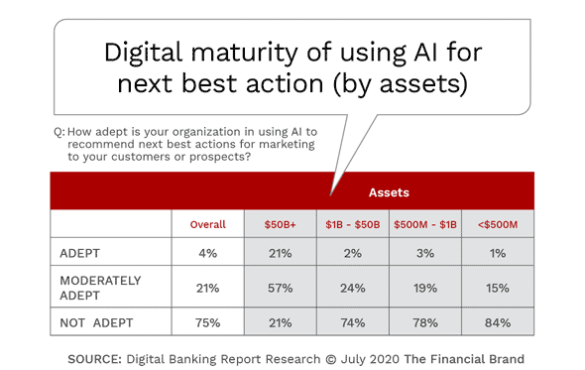
Components of Digital Transformation Success
7 Essential Components of Digital Transformation Success
Digital transformation requires a seismic shift in leadership focus and organizational culture. But it also requires an understanding of the components of digital transformation most in need of change, because no company can transform all at once. As part of the strategic planning process, each organization must prioritize transformation efforts based on their own business objectives.
Digital banking transformation involves the integration of data, advanced analytics and digital technology into all areas of a financial institution, changing the way work is done, priorities set and services delivered. More than just a technological upgrade, digital transformation requires a cultural change that challenges legacy processes, encourages innovation, and rethinks all aspects of risk and reward.
The objective of an organization’s digital transformation process might be to improve the customer experience, reduce costs, streamline operations, reduce friction, become more agile or increase profitability … or any combination of these objectives. In any case, digital banking transformation will disrupt business models that have been the foundation of the organization for decades. This is why true digital banking transformation is so difficult to achieve – it’s more than simply delivering the same product on a new app.
Before COVID-19, every banking organization was talking about digital transformation. In fact, every organization in other industries were doing so as well. But, in the wake of the pandemic, there is a need to go beyond the “talk” of digital transformation. As consumer expectations changed, competition increased. Thus the need to adapt quickly became the norm. Digital transformation has become a matter of survival.
McKinsey data shows that the accelerated shift towards digital channels in banking is likely to stick, and potentially continue to increase. This not only changes the way traditional financial institutions engage with customers, but also the scope of banking options the consumer is likely to consider. This is because both fintech and big tech organizations are creating solutions geared to the growing digital banking public.

Digital transformation efforts will vary widely based on an organization’s business objectives, target audience, current digital maturity, organization structure and existing culture. That said, the key components of digital bank transformation success are:
- Become a Data and Analytics Leader
- Enhance Consumer Experiences
- Foster Innovation
- Leverage Modern Technologies
- Upgrade Systems and Processes
- Reskill Your Workforce
- Align Leadership and Culture for Digital Future
Read more: thefinancialbrand



